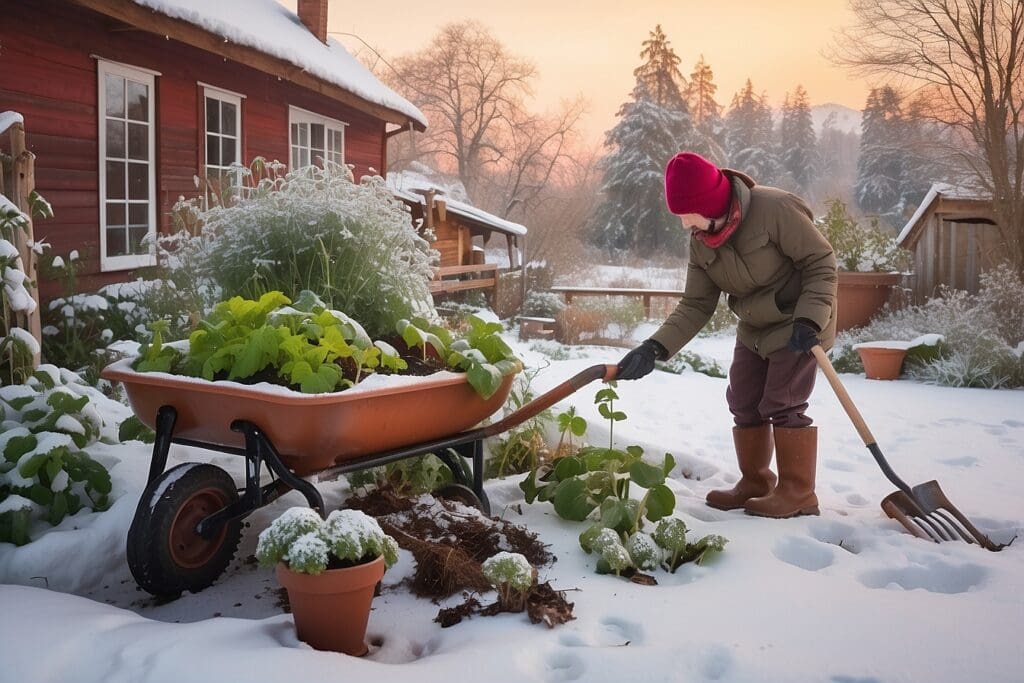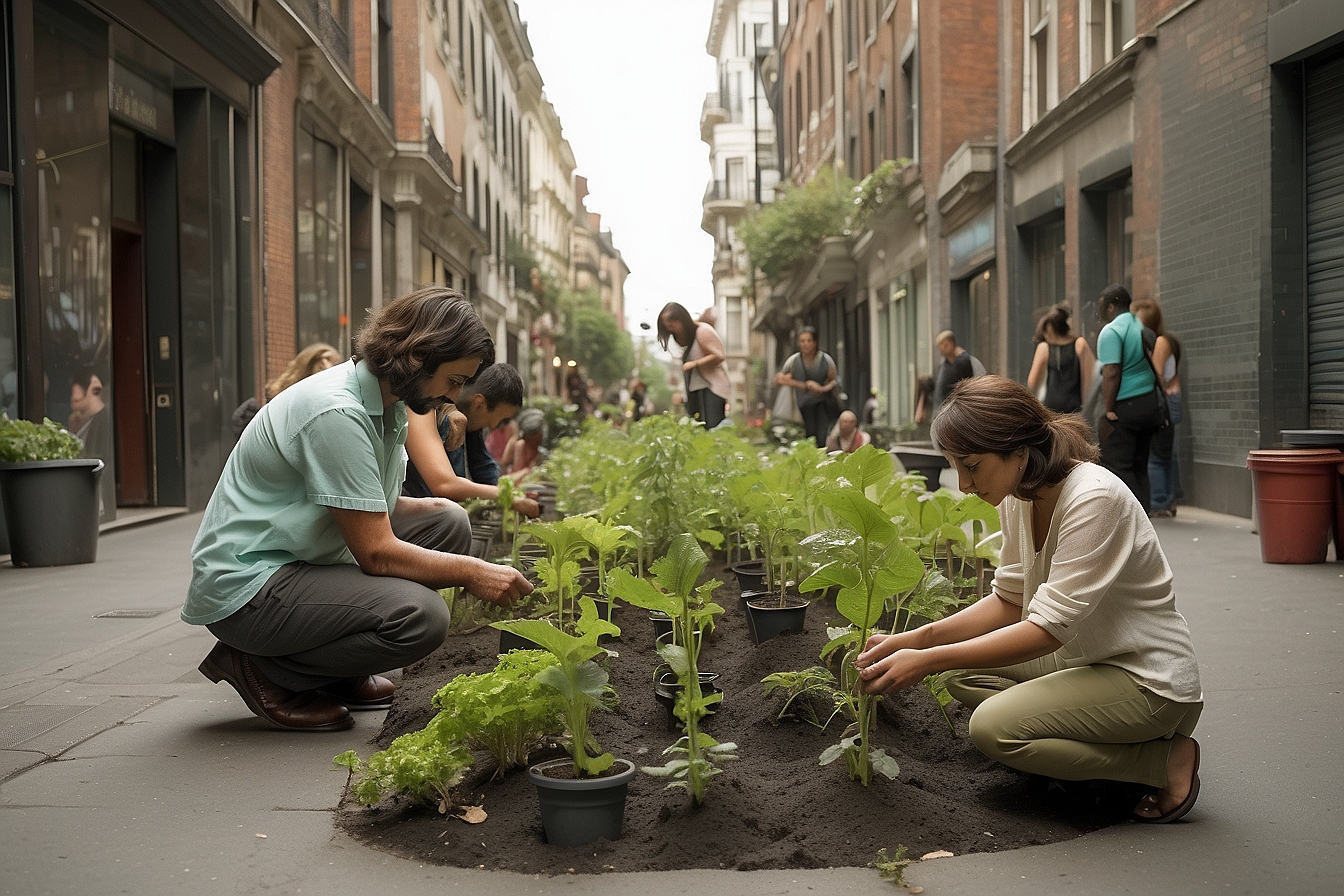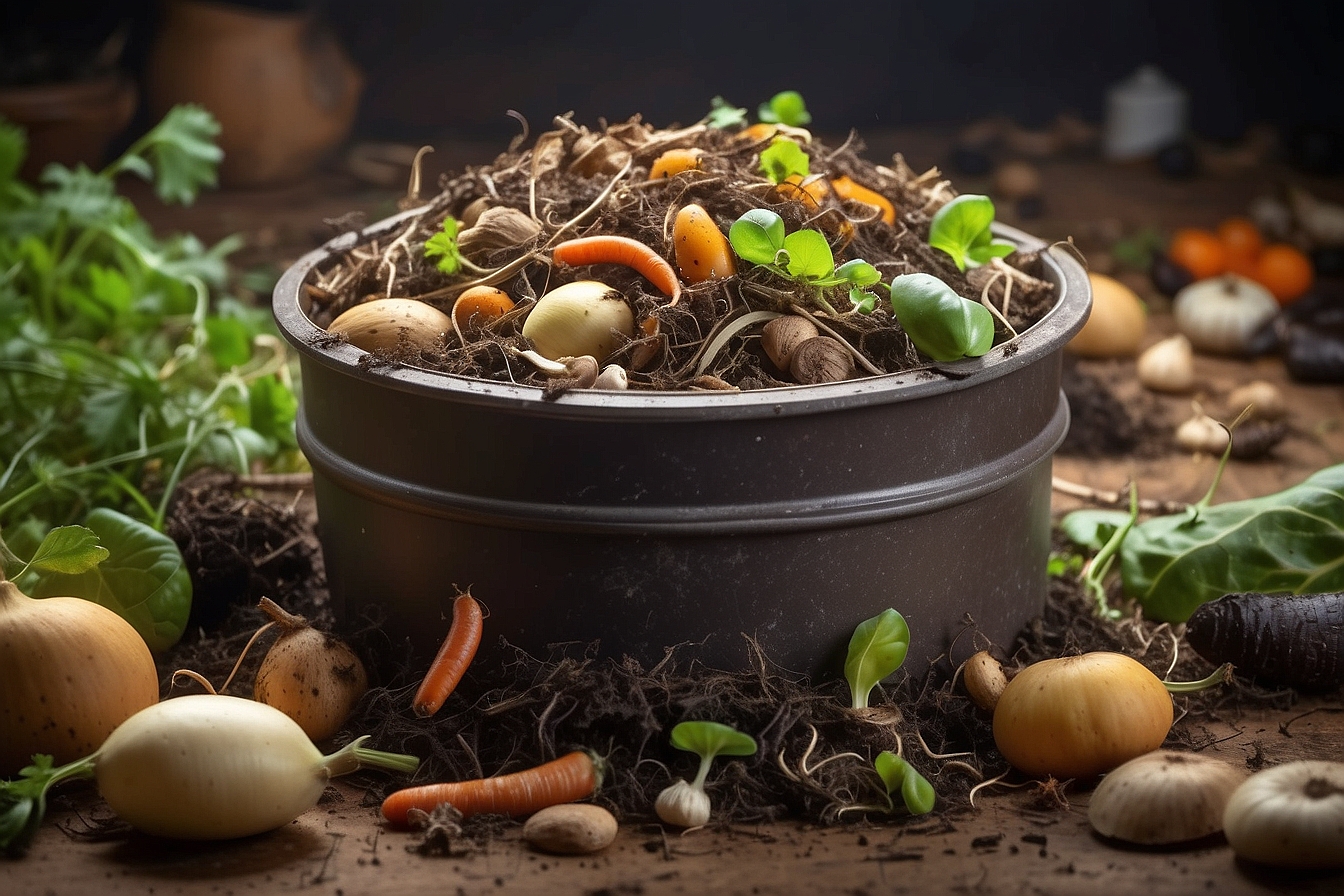The cold winter months tend to be the time of the year that most people wrap up their spring and summer gardens. However, the fall and winter months can provide many opportunities to continue gardening and make your soil even more fertile for future growing seasons. Whether you want to grow winter edibles, ornamental plants, or even just prepare your soil for the spring and summer growing seasons, there are a variety of simple solutions to keep your garden alive.
Determine Your Regional Potential

Many of the winter gardening tips and activities available will vary depending on your region of the country. The climatic patterns west of the Cascade Mountains in Washington, Oregon, and Northwestern California are well suited for winter gardening. The southern United States, including Florida and the rest of California, are also ideal climates for most winter crops. Northern regions may rely on cold frames or raised beds for certain crops but still have many gardening options available. The key to successful winter gardening is knowing the time of your region’s first “killing” frost. You can find that information here: http://www.thegardenhelper.com/hardiness.html. Once you have identified the growing seasons of your region, you can get started with some of the following activities in your backyard:
- Composting and Mulching: Because your soil is alive year round, it is important to continue replenishing it with nutrients throughout the winter months. Fall and winter are important seasons to turn and add organic material to your compost pile for future growing. For more information on composting, check out: http://www.wordpress-837916-4114959.cloudwaysapps.com/GreeniacsGuides/How-to-Build-a-Composting-Toilet.html, and http://www.howtocompost.org/. Mulching during the colder months will protect your soil and help insulate the roots of any plants that are currently growing. Laying down about an inch layer of organic material like shredded bark or wood chips will protect your garden.
- Cover Crops or Green Manure: Cover crops, also known as green manure, can be planted to add nutrients and organic material to your soil during cold months, suppress weeds, and control pests. Some of these crops will not last in really cold areas, but you can try planting clover, rye or vetch. They are generally very low maintenance, requiring water during droughts and a mow only once or twice during the winter season. Read up on cover crops at: http://www.organicgardening.com/feature/0,7518,s1-3-81-789,00.html.
- Natural Pest Control: Maintaining mulch and cover crops in your garden will surely minimize weeds and pests, however late winter is a good time to apply organic herbicides. Corn gluten meal is a good choice to stop weeds form taking root, but be sure to water it thoroughly after application to avoid animal pests.
Growing Winter Vegetables
Winter months are a great time to grow hardy winter edibles like leafy greens and root vegetables. Many of these vegetables can be planted in mid to late summer or early fall to be enjoyed by mid-winter. The types of edibles you are able to plant can depend highly on your climate zone. Although many winter vegetables can withstand the frosty months, many of them can also be grown year round. A great resource for locating your climate zone and finding the right vegetables for your region can be found here http://www.sunset.com/garden/climate-zones/. Some suggestions from www.wintergardeningtips.com include:1
- Plant Mid-Summer: beets, broccoli, brussel sprouts, carrots, kale, mustard greens.
- Plant Late-Summer or Early Fall: arugula, carrots, corn, escarole, fava beans, garlic, lettuce, onions, radishes, spinach, squash.
Ornamental Winter Plants Many ornamental winter plants can hold up in any climate zone across the country. However, it is important to check your climate zone before deciding upon a variety. According to www.wintergardeningtips.com, you can consider planting:2
- Annuals: You can plant a variety of annuals in late winter and early spring, depending on what area you live in. Try out foxglove, snapdragon, nasturtium, pansies, calendula, bachelor buttons, and sweet alyssum. Some of these plants are intended more for the warmer parts of the country, so make sure to ask your nursery or extension agent for more information.
- Bulbs for Spring: Daffodils, day lilies, iris, tulips, and ranunculus. Plant these bulbs in the fall and winter for early spring blooms.
- Evergreen Vines: There are a huge number of pretty vines that will provide your garden with year round color and interest. English ivy is an excellent overall vine for your landscaping. Even vines like wisteria that are deciduous can add interest with their sculptural trunks.
- Ornamental Grasses: Blue fescue and blue oat grass are good choices that will keep their shape and often their color through winter.
- Herbs: Lavender and rosemary can withstand fall and winter months.
- Others: Aster, Azalea, Big Betony, Big leafed Hebe, Boxwoods, Christmas Fern, Gaultheria, Golden Ragwort, Juniper, Pansies, Oleander, Winter Jasmine, Winter Heather, Yarrow, and then some!
Other Winter Plants
Some other plants, shrubs, and trees that grow year round but can have added interest in winter months include:3
- Evergreen Trees and Shrubs: Alaska False Cypress, American arborvitae, Boxwood, Bristlecone pine, Colorado blue spruce, Douglas-fir, Eastern red cedar, Eastern white pine, Juniper, Mugo pine, Ponderosa pine, Sawara False Cypress, Scotch pine.
- Plants with Unusual Shapes or Colors: Bald cypress, Bamboo, Blue beech, Cherry tree, Cotoneaster, Corkscrew willow, Kentucky coffee tree, Ornamental Pear, Paperbark maple, River birch, Shrub dogwoods, Weeping Mulberry, Weeping willow.
- Plants with Fruit, Berries, or Seeds: American holly, attractive berries, Bayberry, Chokeberry, Japanese Pagoda Tree, Catalpa, Ornamental Pear, Oregon holly grape, Pyracantha (Firethorn).
- Groundcovers: Christmas fern, English ivy, Euphorbia, Hens and Chicks, Japanese spurge, Purpleleaf wintercreeper, Vinca (Common periwinkle).
Here’s to making the cold months fruitful!





